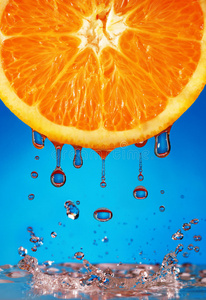Exploring Sexual Wellness: The Science Behind Squirting
In recent years, discussions around female sexual health have moved beyond taboos, becoming a focus of medical and social research. Among these topics, squirting—a phenomenon often shrouded in mystery—has sparked widespread curiosity. New studies and sexologists confirm that squirting is a genuine physiological response, with its mechanisms and pleasurable effects now being decoded by science.The Physiology of Squirting: More Than Just "Urine"Squirting is defined as the involuntary release of clear, thin fluid from the bladder during intense G-spot stimulation. Research reveals that while the fluid contains trace amounts of urine, it is not purely urination. A study in The Journal of Sexual Medicine identified glucose and prostate-specific antigens (PSA) in squirt fluid, likely originating from the Skene’s glands—often called the "female prostate"—located near the urethra.
Notably, squirting is frequently confused with female ejaculation. Sexologists clarify the distinction: Female ejaculate is thicker, milky in color, and typically coincides with orgasm, whereas squirting involves clearer fluid and may occur independently of climax. A survey of 300 individuals found that only 20% reported always experiencing orgasm alongside squirting.Individual Experiences: 60% Report Pleasurable SensationsThough not universal, squirting is linked to heightened sexual satisfaction. Studies indicate that 60% of those who have squirted describe the experience as “very or somewhat pleasurable,” often associating it with longer-lasting orgasms. However, experts emphasize that the ability to squirt does not define sexual fulfillment—personal preferences remain paramount.A Step-by-Step Guide to Squirting SafelyFor those curious about exploring squirting, sexologists recommend this science-backed approach:
Create a Relaxing Environment
Anxiety is a common barrier. Emptying the bladder beforehand, using waterproof sheets, and hydrating moderately (without over-drinking) can ease mental blocks. Open communication with partners is crucial for shared goals.
Build Arousal Gradually
Combine clitoral and G-spot stimulation. Water-based lubricants enhance comfort, while orgasm-boosting gels or vibrators intensify pleasure.
Target the G-Spot Precisely
The G-spot, located 2-3 inches inside the vaginal front wall, responds best to curved toys (e.g., glass G-spot vibrators) or a “come-hither” finger motion. External clitoral pressure via wand massagers can also trigger squirting in some individuals.
Push Through the “Urge to Pee” Sensation
When a sudden urge to urinate arises, deep breathing and pelvic floor relaxation are key. Regular Kegel exercises strengthen muscle control, aiding the process.


